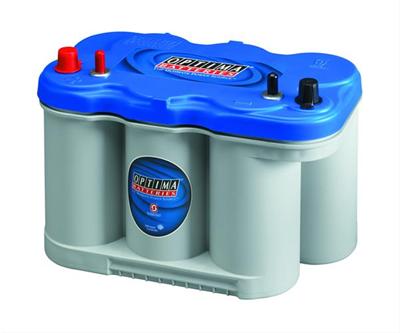Blue Heron
Guru
My Generator Starting battery died. It was a CAT Maint free 5760.
I'm looking to replace and need some rudder.
Generator is a 8.5 Westerbeke
Want a wet battery Maint free and a starter battery.
Recommendations? Size? CCA?
I'm looking to replace and need some rudder.
Generator is a 8.5 Westerbeke
Want a wet battery Maint free and a starter battery.
Recommendations? Size? CCA?





